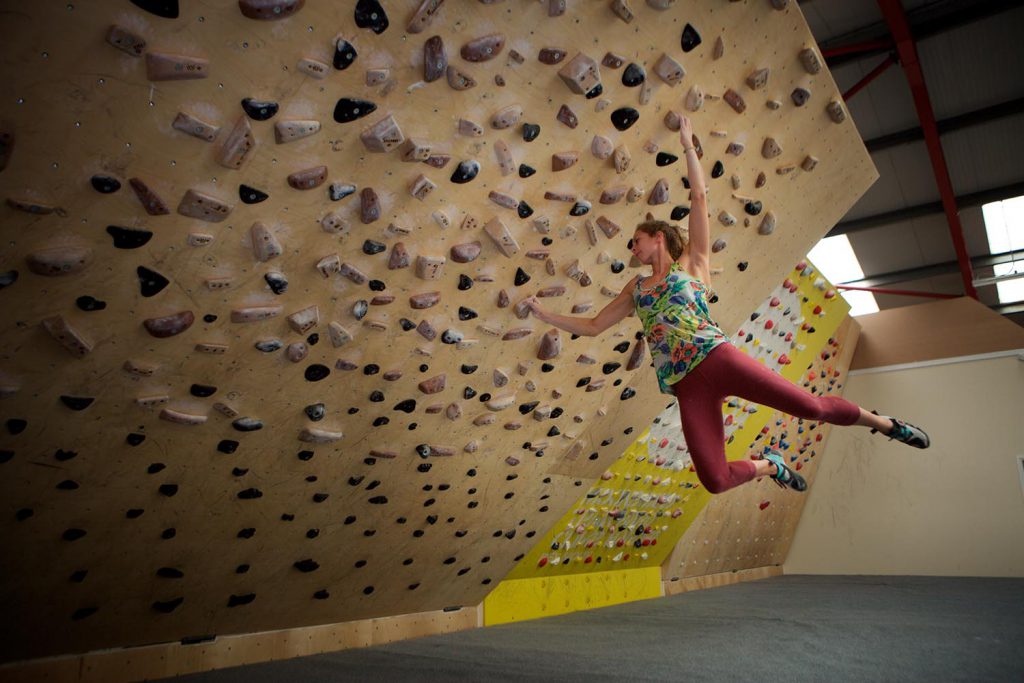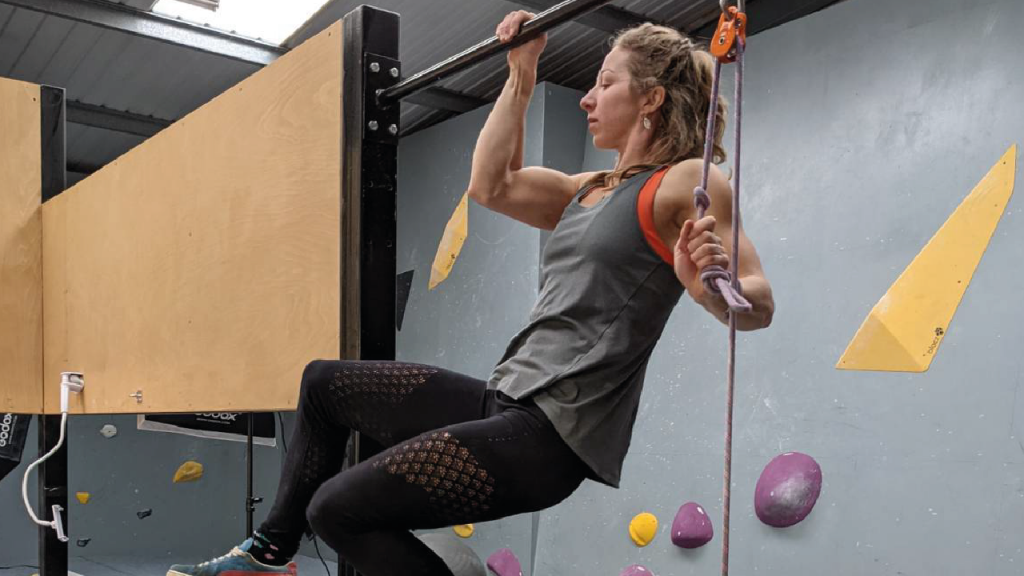Training Tips for Climbers | Keeping a Training Log
Keeping a training log – why, when and how? Has keeping a training log gone out of fashion? We don’t often take a diary or a pen to the wall anymore, and we often post our best sends on social media instead. A lot of boards also have ways to track climbs you’ve sent each session. But, there’s lots of important factors worth tracking each session so it’s worth keeping some form of personal log whether it be on paper or a fancy spreadsheet. Here, coach Jen talks about why, when and how of keeping a climbing training log.

Why?
Keeping a training log is a great way to measure progression, keep track of energy levels and learn what has worked well for us in the past. Tracking weights used in fingerboard or conditioning means we can easily look back at what we used last session. We can also see whether we found it pretty easy or too hard and should amend the load.
We might find our energy levels are really low for a few sessions or we’re consistently not hitting old scores. A log can be useful to see if you’ve increased the training load or if the fatigue correlates with having more on at work. This can be a good indication we need a few rest days before we go too far into ‘overtraining’.
When?
The best time to log your sessions is in the moment. That way you remember how it feels, the positives, the negatives and the effort you put in. You also remember to actually log it too. But anytime is better than nothing.

How?
Whether it’s an old fashioned paper diary or high tech spreadsheet, the main things to consider for a training log are what we record each session. Weights, sets and reps are clearly great things to keep track of. We can refer back to this when we do this session again and easily gauge how we’re progressing. RPE for each session is also a good one. If the training stimulus requires an RPE of 9/10 but we only hit a 7 last session, we know to increase the intensity next time.
With climbing sessions it’s a bit more personal. I like to record things I focused on. This might be a specific skill such as dynos or slabs, or a tactical aspect like flashing blocs. Moves or climbs we’ve struggled on are useful to take note of. Try that climb/move next session and see if you’ve improved or can learn something new. It’s also really important to be positive and not beat yourself down all the time. What went well? Did you feel strong or particularly bendy? These statements can give us a lot of confidence when we look back through our log. We can also look for things that might have led to a particularly good session in the previous days. We can then use these if we’re nearing a peak phase to improve our chances of having a good session.
For me, knowing I’m writing a session down also makes me accountable. If I have a flashing blocs session and I only have a half-hearted attempt at flashing a couple of blocs, when I come to log it I know I didn’t achieve the session aim. This encourages me to go back and do it again.
Check out more of our training tips for climbers at the Lattice Training Blog






